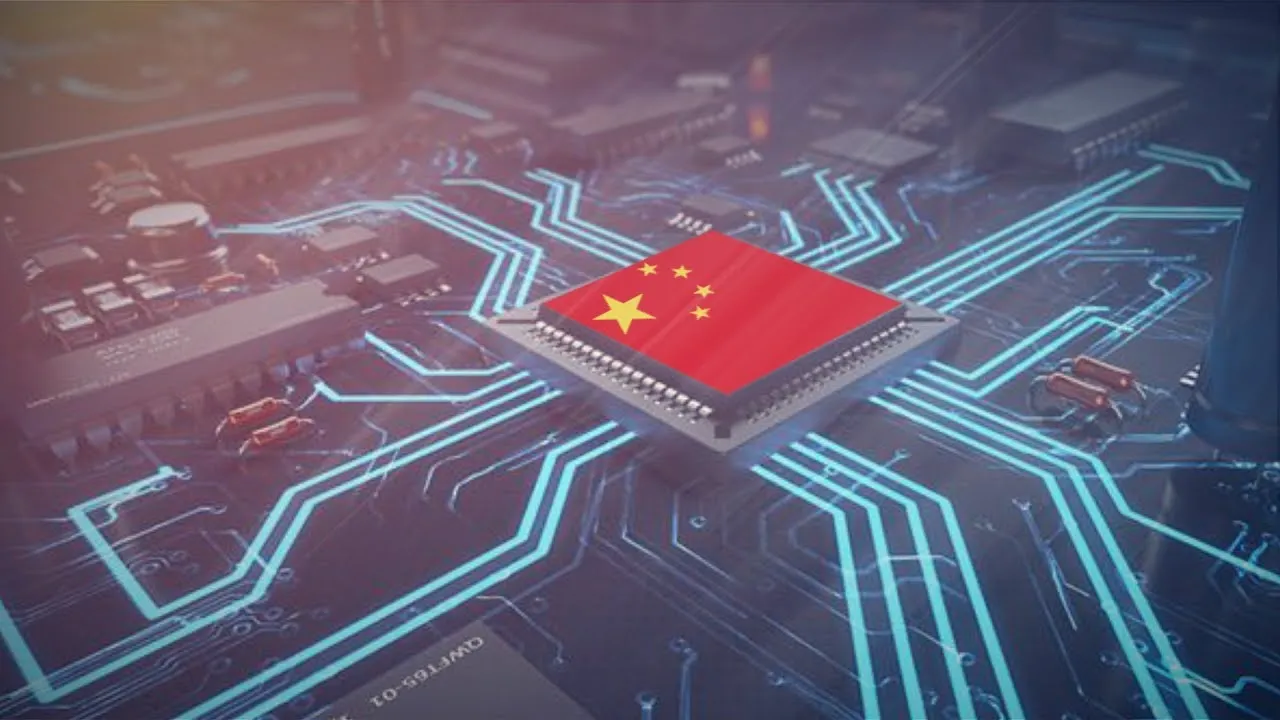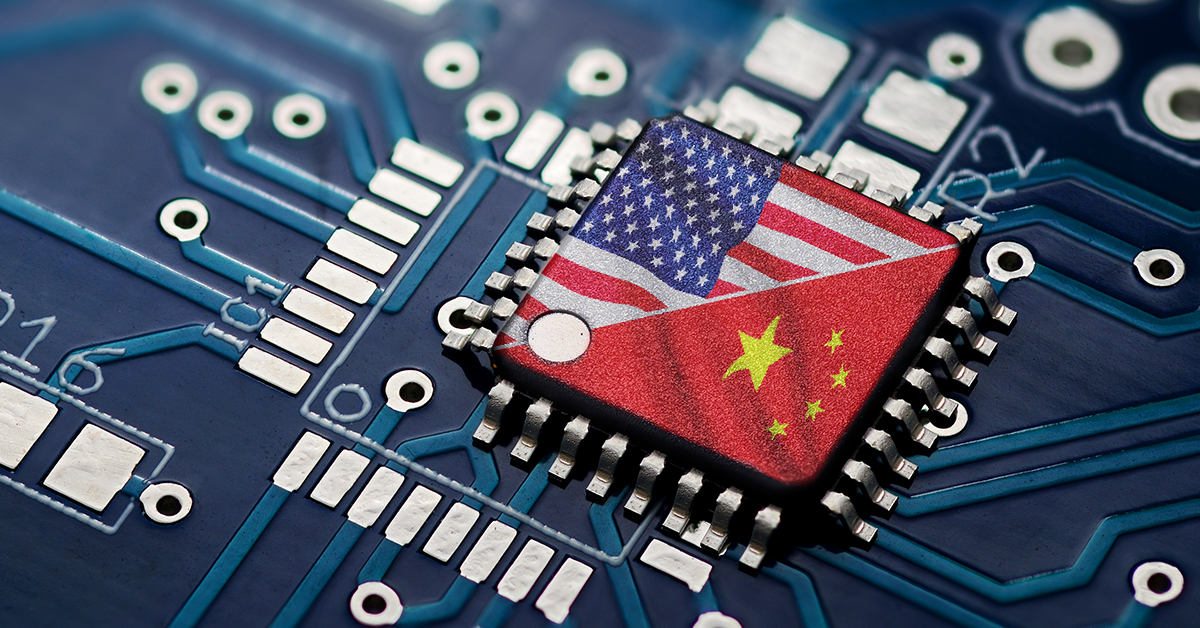“Biden Wages Global Campaign on Chinese Technology.” “Biden Is Now All-In on Taking Out China.” “China is under siege.” These and other ominous mid-October headlines point to the deadly serious nature of the new and expanding restrictions on technology exports to China imposed by the Biden Administration and the U.S. Congress in the CHIPS Act.
The U.S. effort to constrain China’s access to advanced semiconductors and the tools to produce them is aimed at reducing the country’s growing prowess in AI and its military capabilities such as stealth and hypersonic weapons and cyberwarfare tools. “Progress in chip manufacturing … now … define[s] national power—much the same way nuclear tests or precision-guided missiles” did during the Cold War, writes veteran New York Times national security correspondent David E. Sanger.
Even before the CHIPS Act passed in July, export controls had multiplied under both Trump and Biden—with the number of Chinese firms on the Entity List growing from 130 to 532 from 2018 to 2022, according to Foreign Policy. (Firms on the list must acquire licenses to import U.S. goods.) Under the CHIPS Act, semiconductor makers who accept subsidies from the law’s $76 billion fund must agree not to invest in Chinese semiconductor production—except for legacy ≥ 28-nm chips—for 10 years. This restriction incensed the Chinese semiconductor industry and government, but it has been followed by tough executive actions such as the September order to AMD and Nvidia (which accounted for 95% of AI chip sales in China, according to Fubon Securities Investment Services) to cease exporting advanced chips to China. In the most recent regulatory filing, the Commerce Department’s Bureau of Industry and Security initiated new export controls on advanced chips and other technology applicable to supercomputers.
U.S.-allied countries such as Japan, Korea and the Netherlands that are vital players in the semiconductor value chain have resisted or opposed U.S. pressures to cut off tech exports to China. But because U.S.-based firms dominate key links in the value chain—such as electronic design automation (EDA)—and because the U.S. has invoked the foreign-direct product rule which effectively prohibits companies worldwide from supporting advanced chip design in China—the U.S. is exercising “chokepoint control [and] actively strangling large segments of the Chinese technology industry,” writes Gregory C. Allen, the AI governance expert at Center for Strategic and International Studies (CSIS).
Many experts forecast long-term unintended consequences from this policy—most significantly, that China will move more quickly to scale up its domestic advanced chip design and production capabilities. And by acting unilaterally, the U.S. may be undercutting its ability “to enroll a broad coalition of states” in its efforts to deter China, according to Jessica Chen Weiss, a Cornell professor and former state department official quoted by the New York Times.
But for OEMs in virtually every industry, these technology security policies will likely impact supply chains more directly and sooner than geopolitical issues will manifest. “Many American firms—as well as European, Japanese, South Korean and Taiwanese companies—will get caught in the crossfire,” Nick Marro, lead analyst for global trade at the Economist Intelligence Unit told SCMP. “In the longer term, the loss of foreign inputs in China’s tech supply chains could also lead to [additional] costs, while minimising product and service choice in ways that affect the tech sector’s competitiveness and productivity.”
Allen from CSIS avers that China’s fast-growing semiconductor fabrication industry—which now produces 16 percent of global chips, behind only Korea and Taiwan—may concentrate more on chips larger than 28-nm. While not the focus of U.S. strategic concerns, these legacy chips are still needed by many OEMs, especially in aerospace and automotive and by makers of low-tech appliances such as washing machines. “The current global semiconductor supply chain crisis has demonstrated that even shortages of less advanced chips can be economically devastating,” writes CSIS’s Allen. And China may well leverage its growing position in legacy chips to retaliate.
Drawing on Resilinc’s extensive supply chain database, the Resilinc Risk Analysis Team has issued a Special Report on the U.S. Chip Ban. Among other key conclusions, the report underscores the wide range of industries that will be potentially affected by turmoil in the semiconductor industry. The list extends beyond the most obvious segments such as consumer electronics, biotech, and telecom to include agribusiness, construction, cosmetics & skincare, oil and gas, power & energy, and many others.
The report recommends companies take steps such as:
- Map high-tech and semiconductor sites and suppliers based in China.
- Ensure backup sites outside of China are available.
- Qualify suppliers with advanced technologies and high dependency on Chinese markets (in case additional categories are covered)
- Monitor commodities originating in China for any retaliatory actions or export restrictions
- Collaborate with suppliers to invite transparent communication about their dependence on China-based customers, suppliers, investors, and government entities
- Accelerate plans for China + 1 for all high revenue impacting product






